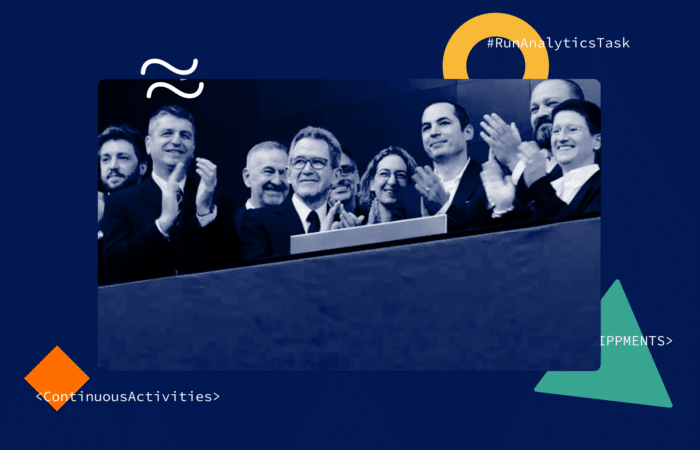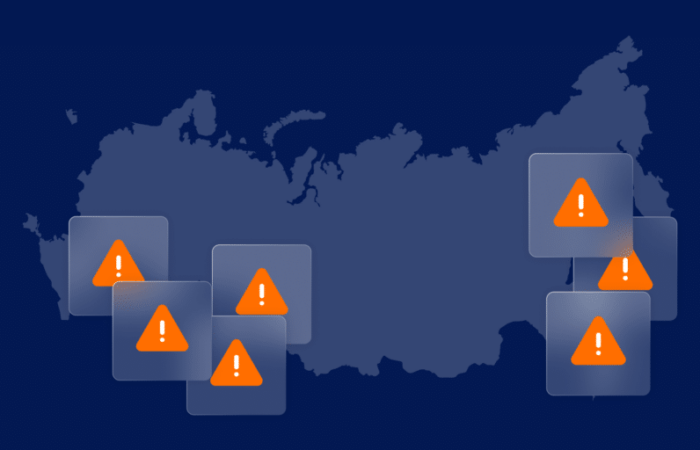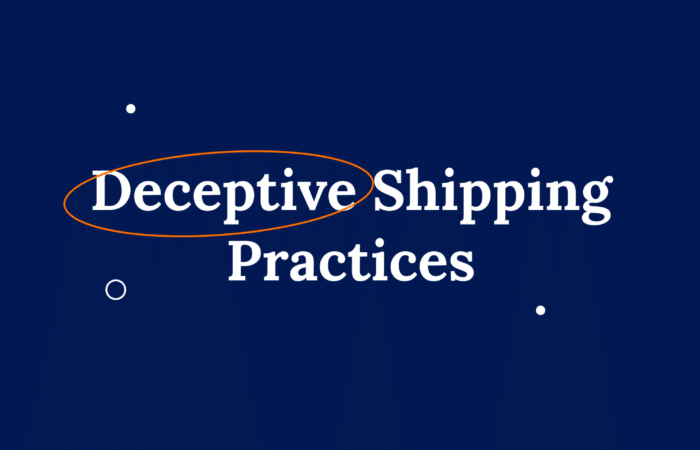What’s inside?
In a recent survey, 75% of marine underwriters said if they had immediate access to all the data they needed they would make faster decisions. That’s almost double the number that would choose to investigate risks more or invest more in broker relationships. Why such need for speed? To answer that question let’s take a look at a decision-making framework pioneered by John Boyd, the OODA loop.
John Boyd, was a military strategist and arguably the greatest fighter pilot in American history. According to Boyd, decision-making occurs in a recurring cycle of observe–orient–decide–act. Speeding up this “OODA loop” results in a competitive advantage.
Underwriters also have an OODA loop.
O.O.D.A for Underwriters
Observe: An underwriter begins by taking in all the available information about the risk in question. They will collect data from the broker application, research the client, and query industry databases.
Orient: Next, the underwriter uses their experience and understanding to focus in on key signals and evaluate risk. In the specific case of a marine underwriter, they might ask: Is there a higher number of deficiencies than I would expect for a fleet of this kind? Why did many of the vessels recently change their flags?
Decide: Based on this evaluation the underwriter needs to make a decision. Do they write the policy as is; reduce exposure; ask for a higher premium; or request more information from the broker.
Act: Here the underwriter implements their decision.
This loop can happen multiple times for the same risk iteratively until the underwriter ultimately signs. But the insurance O.O.D.A loop does not end with the written policy. Underwriters learn from the outcomes of previous cases and apply their improved knowledge of risk to future opportunities.
The Need for Speed
Like John Boyd, underwriters acknowledge that speeding up this loop is crucial. As mentioned above, 75% of marine underwriters would like to reach decisions faster.
In our conversations with underwriters, we heard four main advantages to making faster decisions
- More incoming business: fast response time = satisfied brokers = more business
- Better risk selection: weed out bad risks earlier and use the time to find better ones
- Write more policies: get to the signing faster and move on to the next one.
- Gain more knowledge: learn from a wider range of risks.
The Road Block
If underwriters can move faster through the insurance loop they will underwrite more policies, improve their risk selection, gain more knowledge and ultimately become better underwriters. So what’s holding them back?
The biggest obstacle facing underwriters seems to be collecting and collating information (observe). That could be a reason more than half of the marine underwriters say it’s their least enjoyable activity. Many underwriters are spending valuable time collecting and organizing data, even though the vast majority agree that evaluating risk (orientation) is the most crucial skill for success.
Decision-Ready Data
One solution is to make the observation & orientation stages more efficient by starting with data already collected and organized. With decision-ready data underwriters can accelerate their OODA loop by getting straight to the core of underwriting – evaluating risk and making sound decisions.
Nick Maddalena is Windward’s Head of Insurance Business
For a quick summary of the advantages to faster underwriting check out the infographic below









